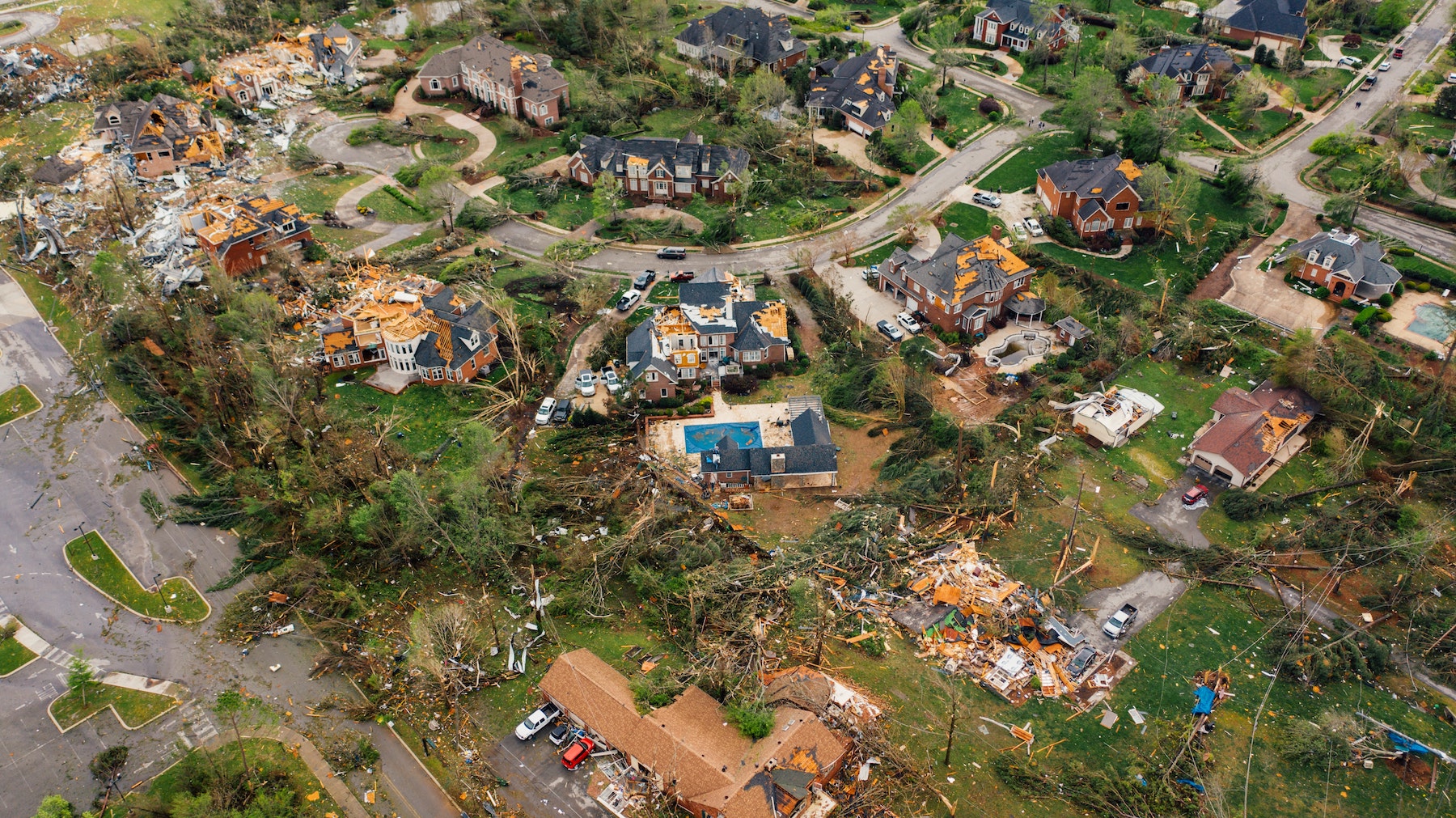New research led by an MIT graduate student at the school’s Concrete Sustainability Hub suggests that the value of buildings constructed to resist wind damage in hurricanes may be significantly underestimated.
The research found that the failure of wind loss models to account for neighborhood texture—the density and configuration of surrounding buildings—may result in a more than 80% undervaluation of structures built with stronger construction methods in Florida. Hazus, a loss estimation tool used by the Federal Emergency Management Agency (FEMA), estimates physical and economic damage to buildings due to wind and the impact of windborne debris.
The tool assumes that all buildings in a neighborhood experience the same wind loading, but buildings come in many different shapes and sizes can be arranged in numerous ways. Their configuration and positioning can amplify or reduce the wind load on buildings within the neighborhood.
In a model developed by MIT researchers, the texture-related loss implications were found to be higher in census tracts along the coast. These areas tend to be more dense and ordered, leading to higher wind load amplifications. Loss implications are particularly high for single-family homes, which are more susceptible to damage and have a higher replacement cost per housing unit.
Related Stories
Codes and Standards | Aug 29, 2018
The 2018 IAPMO solar and swimming pool codes now available
For installation and inspection of public and private swimming pools, spas, and hot tubs.
Codes and Standards | Aug 28, 2018
New York’s green roof program needs reform
Despite incentives, few owners add vegetative roofs.
Codes and Standards | Aug 24, 2018
Resilience, sustainability emphasized in plans for new 23,000-acre city in the Philippines
“A backup for when Manila fails.”
Codes and Standards | Aug 23, 2018
Cities promote deconstruction of old homes with mixed results
Market factors complicate efforts to recycle material from old structures.
Codes and Standards | Aug 22, 2018
Oregon is first state to change building code to allow tall mass timber buildings
Statewide alternate method allows early technical consideration and approval.
Codes and Standards | Aug 21, 2018
First mass timber panel made from structural composite lumber gets APA certification
Said to be much more cost effective than CLT options.
Codes and Standards | Aug 17, 2018
Zoning changes can be crucial to filling large, empty retail spaces
Alternative uses often require action by local officials.
Codes and Standards | Aug 16, 2018
Nearly a quarter of opioid overdose deaths attributable to construction workers
Massachusetts public health study finds pressure to work in pain contributes to problem.
Codes and Standards | Aug 15, 2018
ICC creates new committee on building safety and security
Will include experts from many different disciplines.
Codes and Standards | Aug 14, 2018
Philadelphia adopts 2018 IECC energy code, while state opts for 2015 code
City is one of the first jurisdictions to adopt newest code.

















